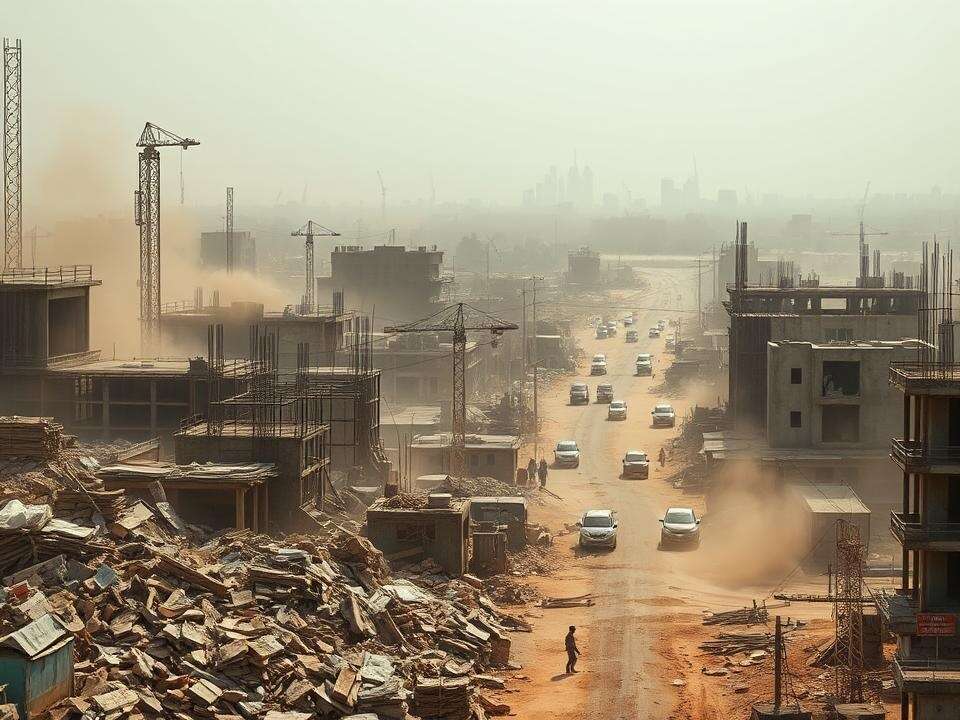
TRICHY: Trichy may have secured ninth rank in National Clean Air Programme (NCAP) conducted by ministry of environment, forest, and climate change (MoEFCC) and topped the state too, but despite dedicated measures to combat air pollution, the city has failed to break into top five ranks nationally. Lack of proper mechanism to curtail pollution from construction and demolition (C&D) sites, absence of C&D waste recycling plant, and emission from vehicles that are unfit to be on roads have altogether held back the city from becoming a national leader.
Even as more commercial and residential projects come up in various parts of the city, old buildings are being demolished to free up space. Though Trichy corporation engages machinery and sanitary workers to sweep roads every day, waste spilled by trucks and heavy vehicles visiting construction sites has played spoilsport in the cleanliness drive. Apart from dust, wet soil and construction materials spilled on roads just outside construction sites add to the silt accumulation on major roads. In areas like Thillai Nagar, Sastri road, Thennur, and Cantonment, construction sites are not regulated either by the local body or Tamil Nadu Pollution Control Board (TNPCB).
Similarly, while state highways and corporation roads are cleaned both manually and mechanically, national highways (NHs) passing through the city still have uncleared silt. “Emission from poorly maintained vehicles, particularly autorickshaws, are affecting air quality. Pollution under control (PuC) certificates for such vehicles should be checked,” S Sivakumar, a mechanic from Palakkarai, said. While the action plan for clean air programme prepared by TNPCB in 2021 advocates commercial establishments to reduce usage of diesel generators and refrain from using firewood in kitchens of small restaurants, officials said that such stringent norms are practically difficult to implement. “Waste or raw materials brought or leaving construction sites must be covered with nets. The vehicle should be cleared as materials bonded to the tyres will be deposited on roads and eventually get resuspended in the air. As far as vehicular emission is concerned, RTOs were already directed to sensitise the public,” a senior official with TNPCB said.











